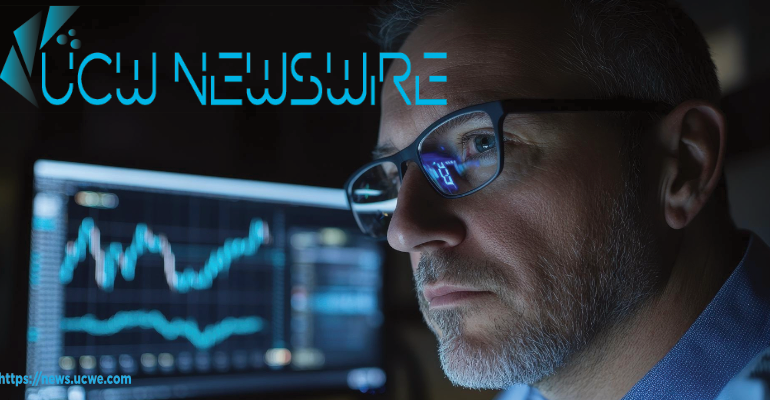Goldman Sachs and BNY Mellon Usher in a New Era with Money Market Digital Tokens
In a major move that signals just how far blockchain is further creeping into traditional finance, Goldman Sachs and BNY Mellon are now working on something that could quietly reshape

In a major move that signals just how far blockchain is further creeping into traditional finance, Goldman Sachs and BNY Mellon are now working on something that could quietly reshape how big institutions move money: digital tokens backed by money market funds.
These aren’t flashy cryptocurrencies. They’re practical, purpose-built tokens designed to represent shares in old-school, low-risk money market funds, think U.S. Treasuries and commercial paper, but issued and transferred using blockchain. In plain terms, they’re digitizing one of the most boring, stable, and essential corners of finance, and that’s exactly why it matters.
Why This Is a Big Deal
For years, the idea of combining crypto-like technology with real-world financial instruments has been bubbling beneath the surface. What Goldman and BNY are doing is helping bridge that gap in a way that’s comfortable for institutional investors—offering something familiar, but with all the efficiency that blockchain can bring.
These money market tokens could make settlement times almost instant, reduce back-office headaches, and make it easier to use these instruments as collateral or even as a way to move money between financial institutions. No more waiting days for funds to clear or worrying about outdated processes.
And while this sounds technical, the practical impact is huge, corporate treasurers, hedge funds, and asset managers could get real-time access to yield-bearing, tokenized liquidity without leaving the regulatory safety net of traditional markets.
Why Now?
It’s part of a growing wave. BlackRock is already running a tokenized fund. JPMorgan has its own tokenized collateral network. Franklin Templeton has moved parts of its fund business onto blockchain. Everyone’s seeing the same thing: real-world assets like Treasuries and money market funds are the next frontier in digital finance.
BNY Mellon, America’s oldest bank, is using its reputation as a trusted custodian to help build the infrastructure behind this shift. Goldman is tapping into its deep client base to explore how digital versions of familiar assets can be used more efficiently.
This isn’t about creating a new form of money. It’s about making traditional financial tools more programmable, portable, and practical.
What Comes Next?
These tokens could eventually serve as regulated, stable, and yield-bearing alternatives to stablecoins like USDC or USDT, especially for institutional players who want predictability and compliance. And once regulators catch up and start laying down clear rules, expect the use of money market tokens to grow fast.
For now, Goldman Sachs and BNY Mellon are planting the seeds. They may not dominate headlines, but they’re helping to build the foundation for a future where the money markets are open 24/7, settle instantly, and are powered by blockchain behind the scenes.
And if they succeed, it could quietly become one of the biggest upgrades to how institutional money moves in decades.

